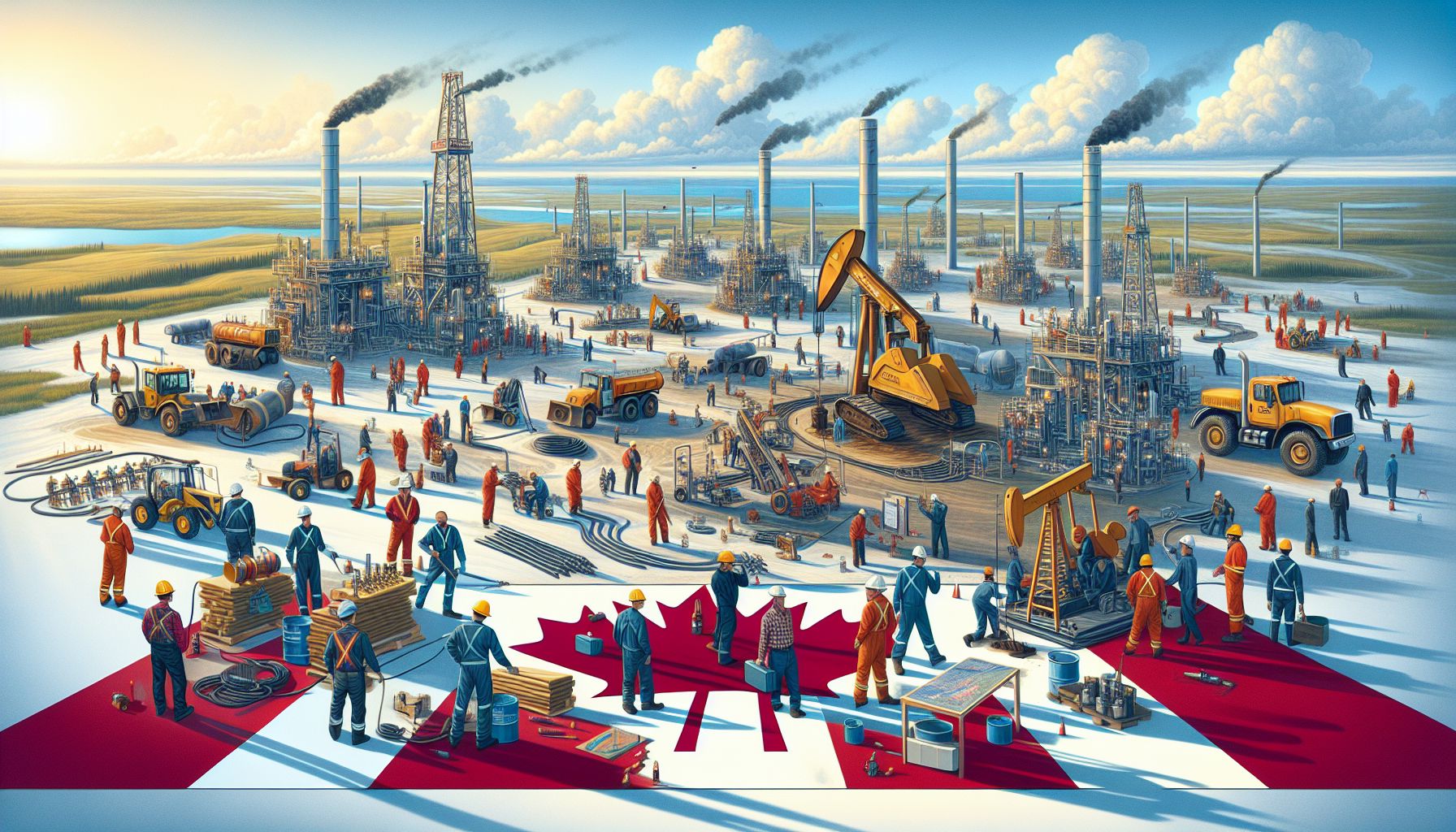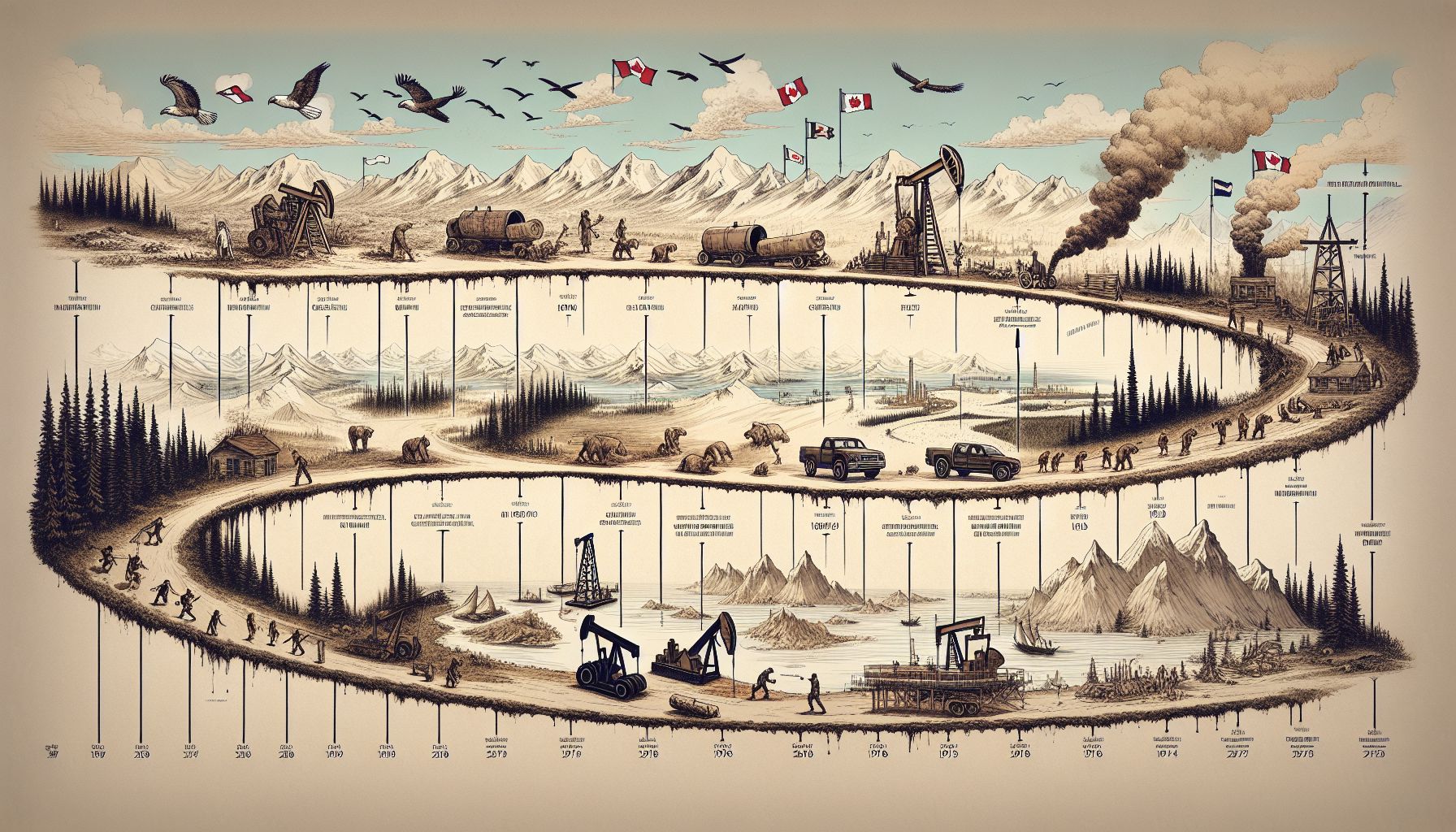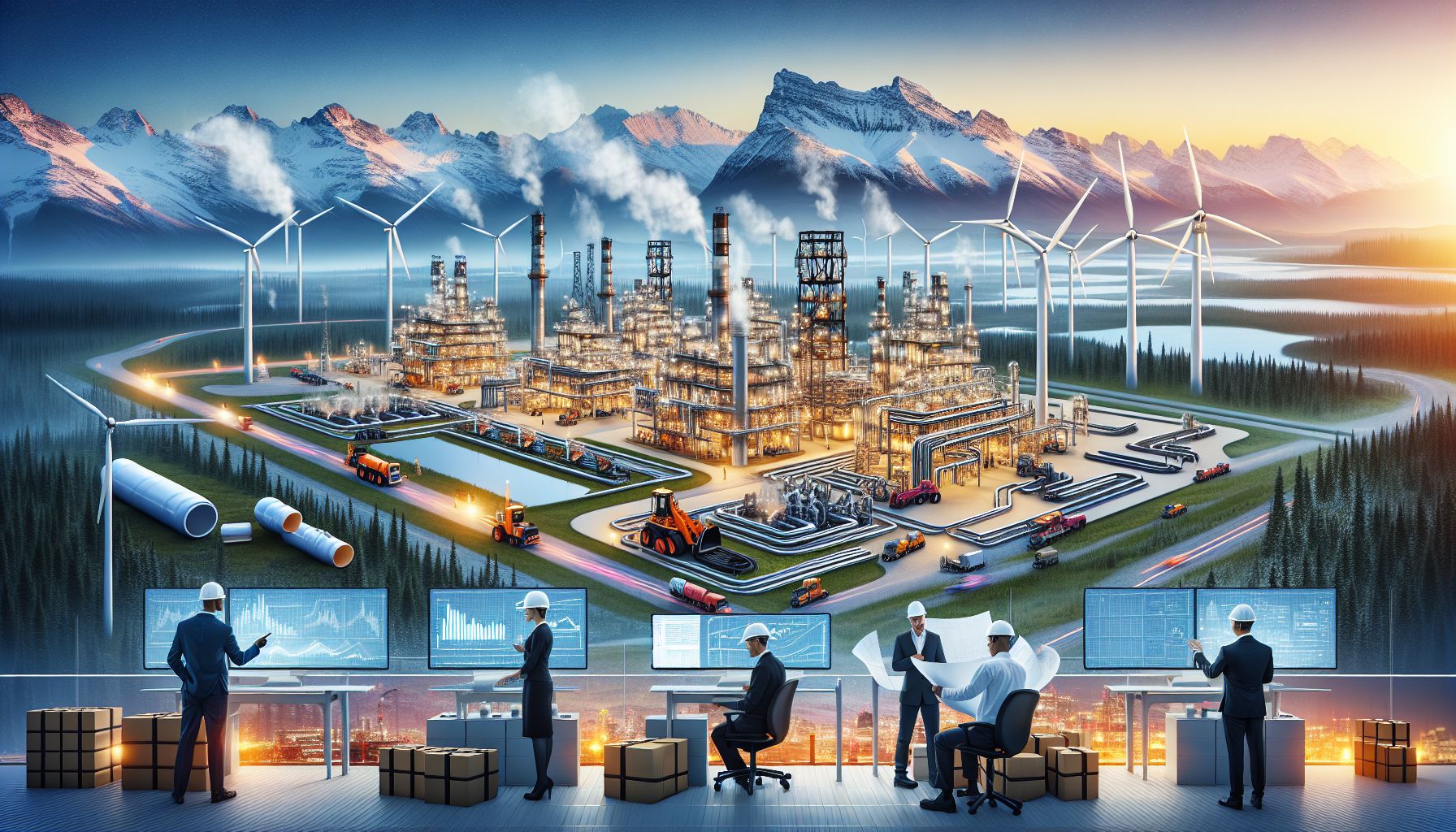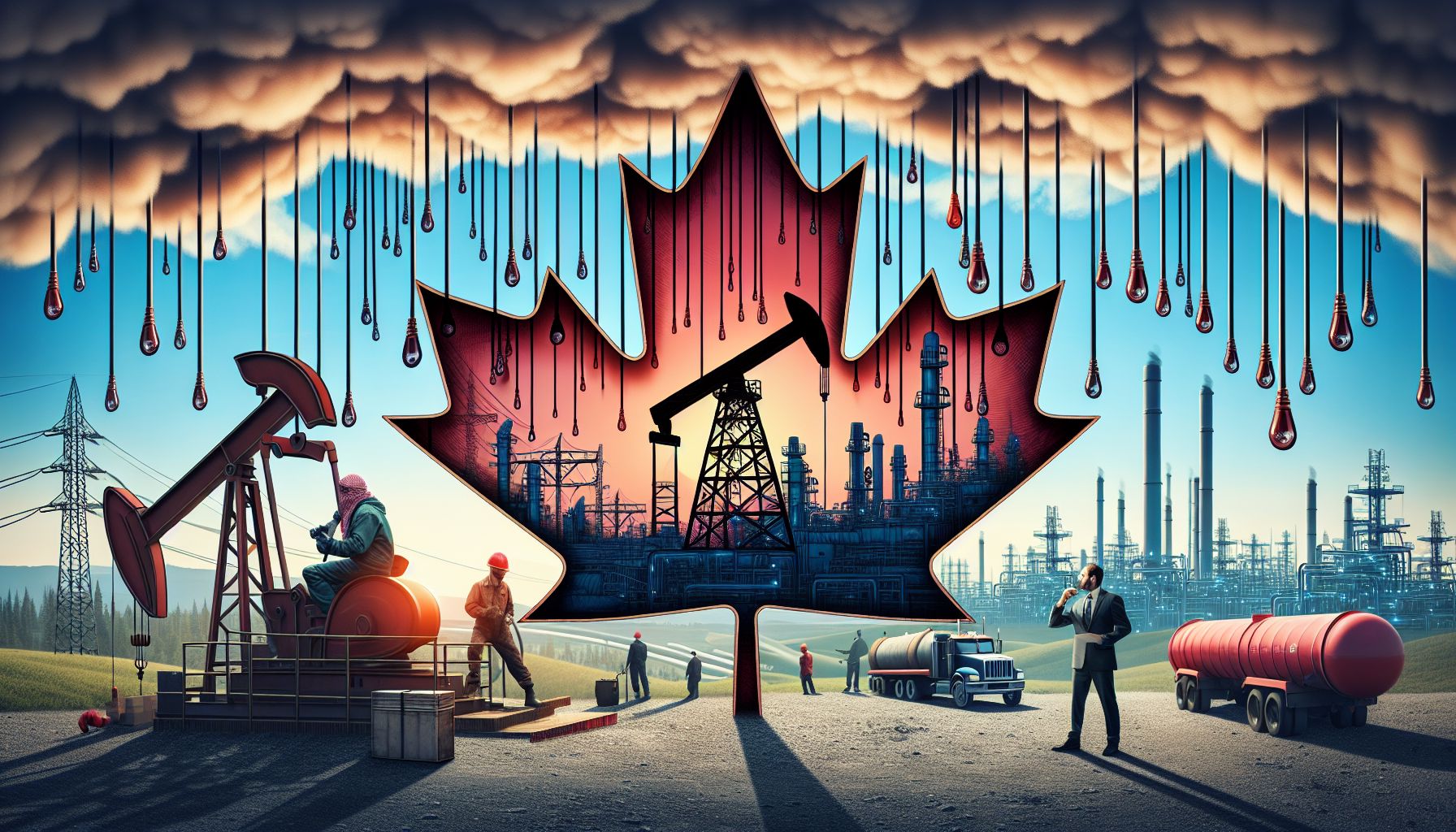Canada’s oil and gas industry has always been at the forefront of discussions and debates. From its significant contribution to the economy to its impact on the environment, this industry has sparked numerous conversations. In this blog post, we will dive deep into the intricacies of the oil and gas industry in Canada, contemplating its multifaceted nature.
The extraction and production of oil and gas are critical components of Canada’s economy. The industry has been a major source of revenue, employment, and economic growth for the nation. It has helped in shaping Canada into one of the largest energy producers globally. With vast reserves and advanced extraction technologies, this sector has become an integral part of the country’s economic fabric.
Oil sands exploration and production play a crucial role in Canada’s oil industry. The oil sands, primarily located in Alberta, contain a substantial amount of bitumen, a highly viscous form of petroleum. Extracting oil from these oil sands can be challenging and resource-intensive. However, technological advancements have made it increasingly feasible and financially viable. The extraction of bitumen from oil sands contributes significantly to Canada’s overall oil production.
Natural gas, on the other hand, has been gaining popularity in recent years due to its relatively cleaner burning properties compared to other fossil fuels. Canada is home to abundant natural gas reserves, and its production continues to grow steadily. Natural gas extraction involves drilling wells and utilizing sophisticated techniques to release the trapped gas. The increased demand for cleaner energy sources has positioned natural gas as a promising contributor to Canada’s overall energy mix.
However, the oil and gas industry’s dominance does come with its fair share of challenges and concerns. Environmental impact is one such area of contention. The extraction and usage of fossil fuels release greenhouse gases into the atmosphere. Efforts to reduce emissions and minimize the ecological footprint are critical aspects that the industry needs to address. Additionally, pipeline construction and the transportation of oil and gas also pose potential environmental risks.
Despite these challenges, the oil and gas industry remains a vital source of employment and economic stability for many Canadians. The sector provides well-paying jobs, particularly in regions heavily dependent on the industry. Moreover, the revenue generated by the industry enables investments in various sectors, including education, healthcare, and infrastructure development.
The future of the oil and gas industry in Canada is undoubtedly intertwined with the global transition towards cleaner and more sustainable energy sources. As countries set ambitious climate goals, Canada must adapt to remain competitive and maintain its position as a key energy player. The industry is exploring avenues to reduce emissions, increase energy efficiency, and invest in renewable energy initiatives. Innovations such as carbon capture and storage, renewable natural gas, and hydrogen production offer promising pathways for the industry’s evolution.
In conclusion, Canada’s oil and gas industry is a complex and multifaceted sector that drives economic growth but also faces environmental challenges. As the world moves toward cleaner energy alternatives, the industry must adapt and invest in sustainable practices. Utilizing technological innovations and exploring cleaner energy sources like natural gas will be crucial for the industry’s long-term viability. By finding a balance between economic prosperity and environmental stewardship, Canada’s oil and gas industry can navigate the challenges and continue to contribute to the nation’s development.




